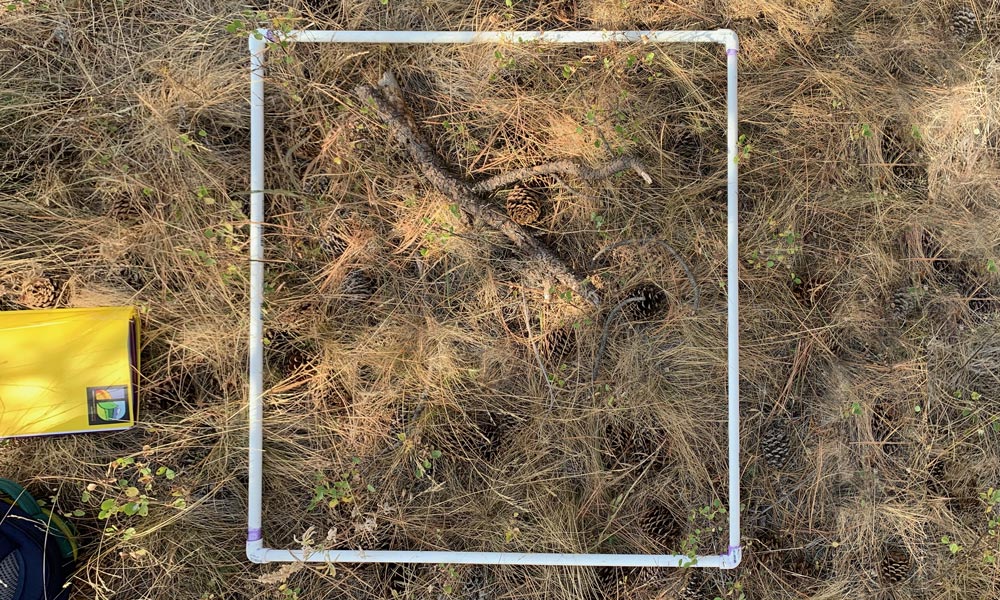Wildlands
Delivering AI-backed tools that improve the health and resilience of our wildlands by supporting fire management
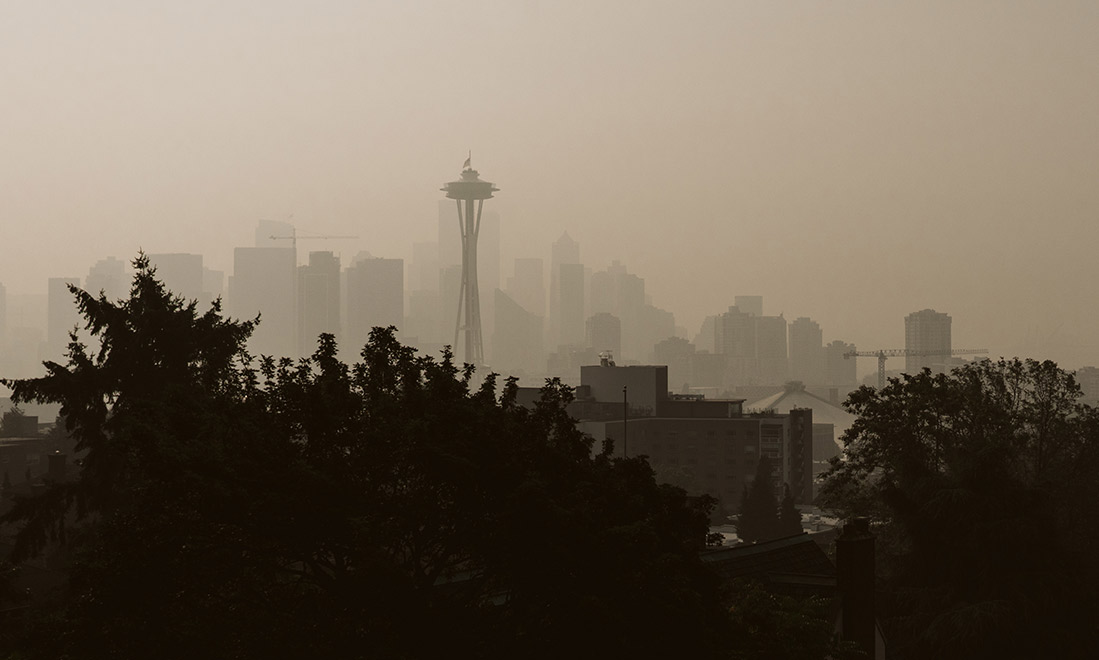
Our Approach
We are a team of machine learning researchers, engineers, and designers working together to apply machine learning to support wildland fire management and research workflows. We are focusing our work on ground-level fuels that are not measurable with current satellite technology. Surface fuels are a neglected research area in wildfire research and management – we are taking current low-tech methodology and applying computer vision to greatly amplify the impact.
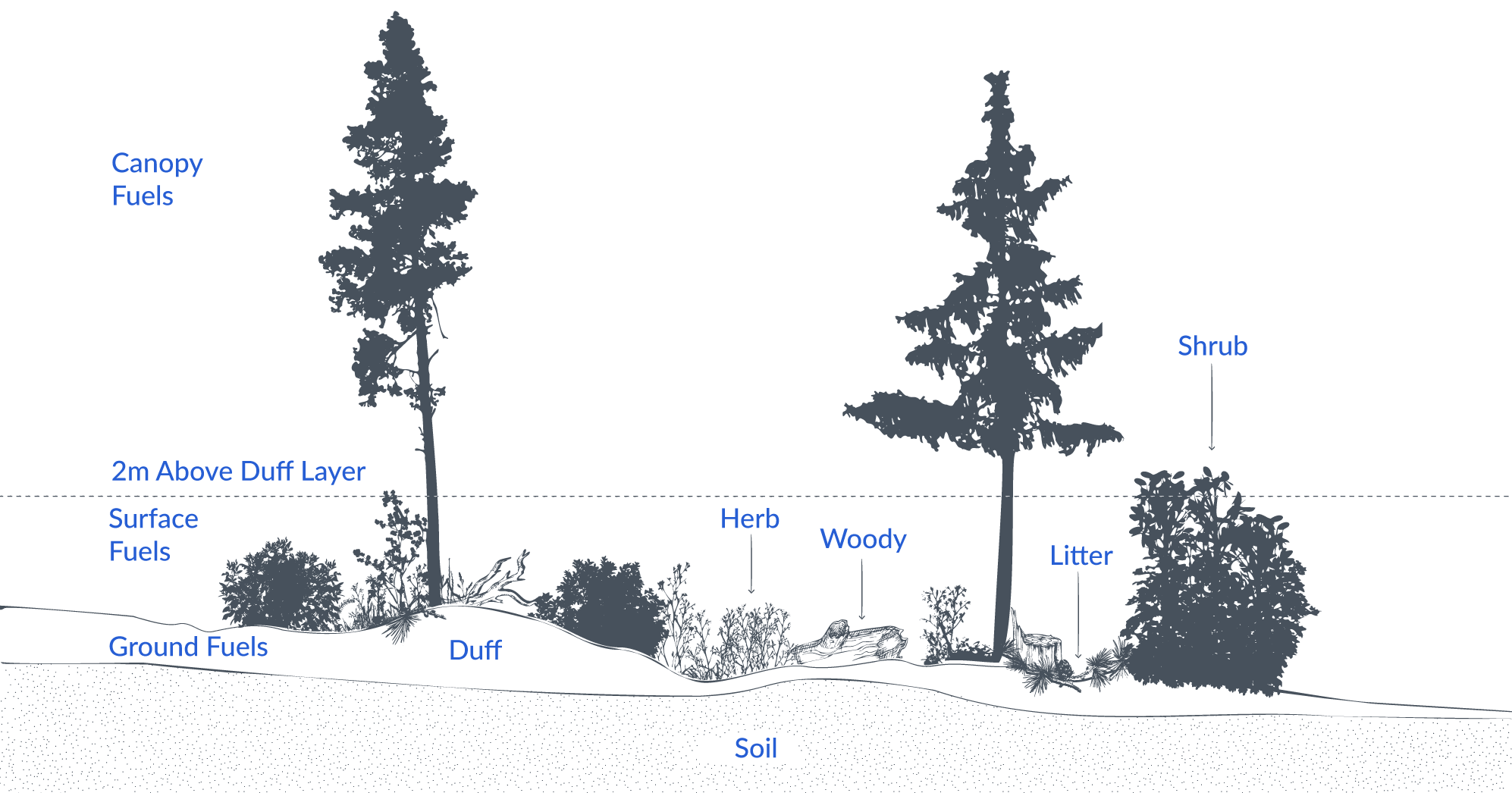
What is Fuel Management?
Anything burnable is considered fuel in a forest ecosystem. When fuels are in excess and conditions are right, fires can burn hotter, longer, and faster than expected, making them more challenging to manage.
Fire plays an important role in minimizing the negative impacts on forests, and not all fire is bad. Prescribed burning can help reduce fuels to help improve habitats and maintain ecosystems. By managing fuels, we can prevent fires from growing out of control, helping to save lives and property.
Fuel loading estimates for fire-prone ecosystems are vital for accurately predicting fire behavior and effects, including flame length and intensity, as well as smoke emissions, soil heating, nutrient dynamics, and water filtration rates.
Improving Current Techniques
Photoloading is a technique for estimating the fuel loading of a forest floor by visually comparing conditions captured in the field against a set of standards, or sequences. Photoload sequences are downward-looking, close-up photographs showing graduate fuel loadings of synthetic fuel beds.
While the photoload technique is relatively accurate and inexpensive, it is still a time-consuming process that is not widely adopted. With the help of machine learning, we hope to make this process faster and easier, greatly increasing the number of measurements available to help support fuel analysis and fire management.
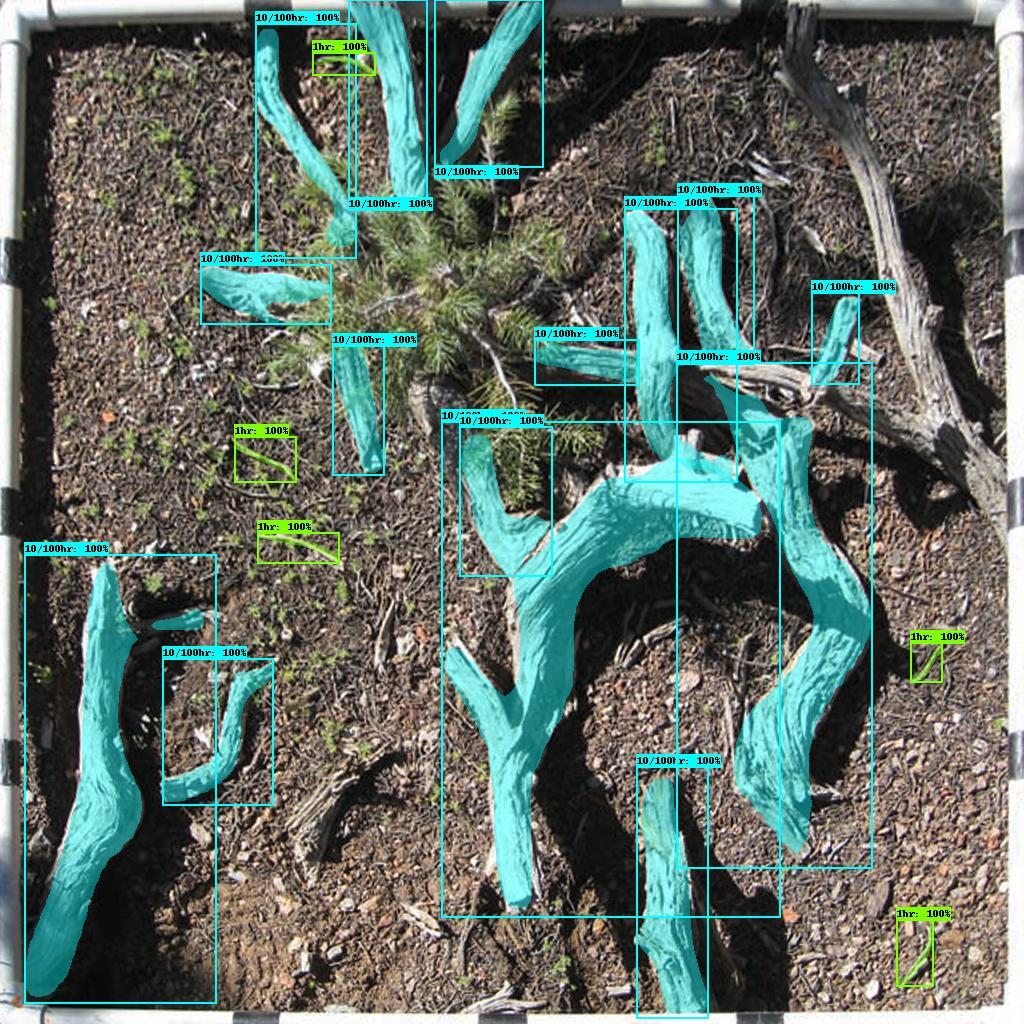
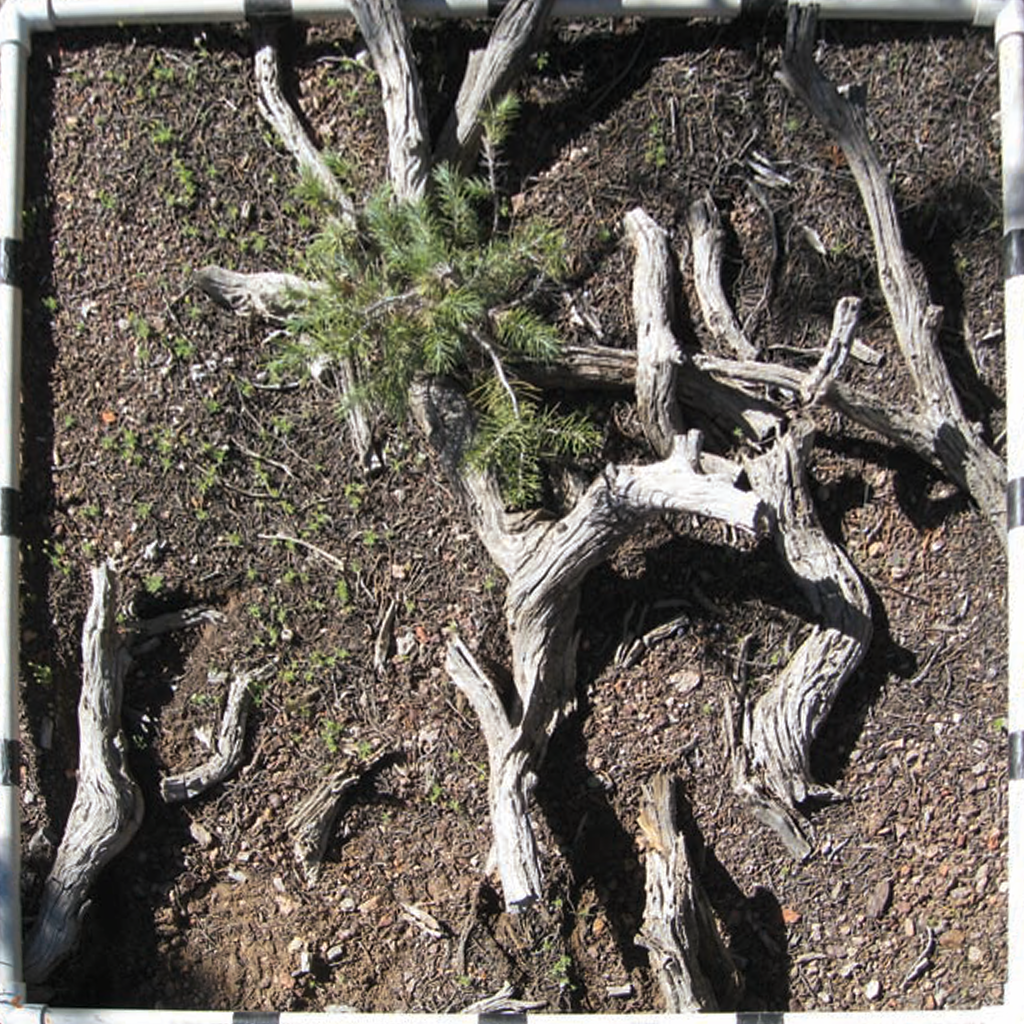
Our Project
The Wildlands team is working toward a proof-of-concept project to use machine learning to estimate the loading for 1, 10, and 100-hour fuels in Kg/m2 using photos taken with a digital camera or cell phone. This project will enable any forester with a camera to report quick, accurate fuel loading estimates, allowing fire managers, fuel specialists, and researchers to make more accurate planning predictions. This is part of a longer-term vision to apply machine learning to support many aspects of wildland fire management.
